Madrid is one of the most beautiful cities in the world. Steeped in history and charm, the Spanish capital boasts an artistic tradition dating back hundreds of years and an enormous cultural heritage. In addition to its attractions and monuments, the best museums in Madrid house some of the most prestigious and famous paintings and sculptures on Earth and its art institutions are the spearhead of the international projection of the city.
Usually, the first things that come to mind when someone who hasn’t been to Madrid pictures the city are Gran Vía and Bernabéu Stadium, as well as the main paintings hanging in its most famous museums; the intricate delicacy of “The Garden of Earthly Delights”, the heartbreaking drama of the “Guernica” or the serenity of the “Lady of Elche” are all part of the Spanish capital‘s collective image.
The Spanish capital’s status as a museum superpower has been reinforced since 2021 with the inclusion of Paseo del Prado and Retiro Gardens on the UNESCO World Heritage list under the chapter “Paseo del Prado and Buen Retiro, a landscape of arts and sciences” as an urban group that “embodies a new idea of urban space and development from the enlightened absolutist period of the 18th century“.
But Madrid is much more than its Golden Triangle of Art, and in this guide, we will show you a list of the best museums in Madrid—big and small—to add to your next visit.
The Best Museums in Madrid for Tourists (and Locals!)
1. Prado Museum (Museo del Prado)
Calle de Ruiz de Alarcón, 23, Paseo del Prado, 28014 Madrid
The Prado Museum is the jewel in the crown of the famous Spanish Golden Art Triangle and one of the must-see museums in Madrid.
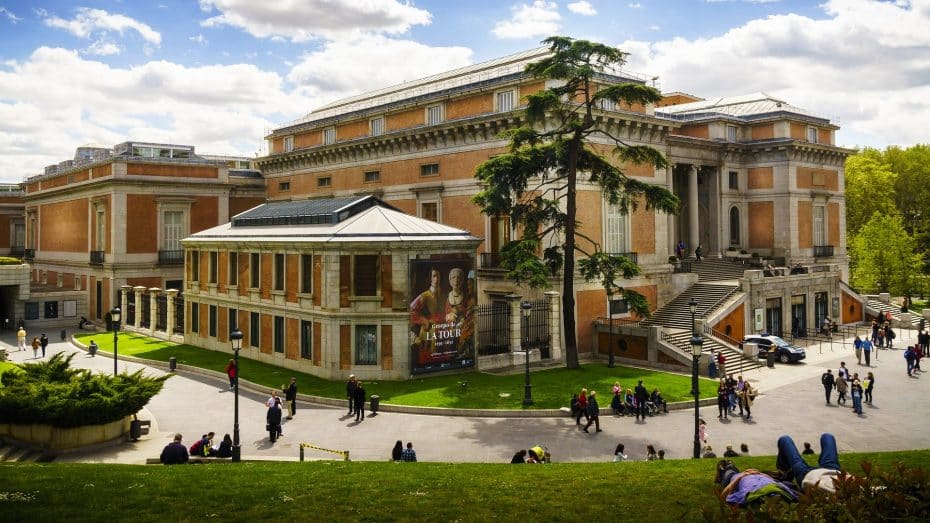
Not only is it one of the most important and prestigious art galleries in the world, but its collection allows us to take a look at the evolution of painting over the centuries, from Romanesque art to the first Spanish painting, the Italian masters of the 15th century and the great artists of the Spanish Golden Age, as well as Flemish and German paintings.
El Prado Museum houses paintings, sculptures, drawings, sketches, decorative pieces and temporary exhibitions.
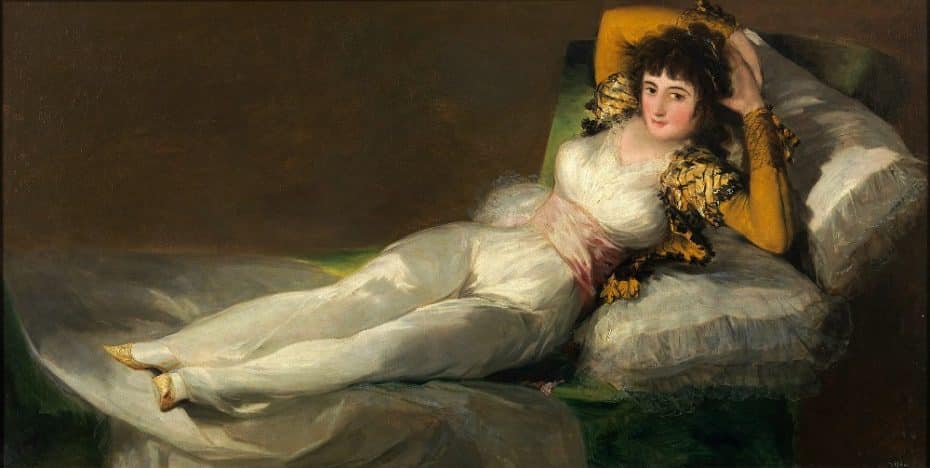
Although its collection is vast, most visitors are drawn to the world’s largest collection of works by Spanish artists. Masters like Goya and Velázquez are the true protagonists of the entire museum. You could spend a whole day inside, and it would still not be enough to discover all its treasures.
Some of the must-see works in the Prado Museum in Madrid include Caravaggio’s “David and Goliath”, “The Surrender of Breda”, “The Triumph of Bacchus”, the royal portraits and “The Meninas” by Velázquez, the portrait of Carlos V on horseback by Titian, “The Three Graces” by Rubens, the Majas (naked and dressed), “El dos de mayo” and “Saturn devouring his son” by Goya, “El Garden of Earthly Delights” by Hieronymus Bosch and “Judit at the Banquet of Holofernes” by Rembrandt.
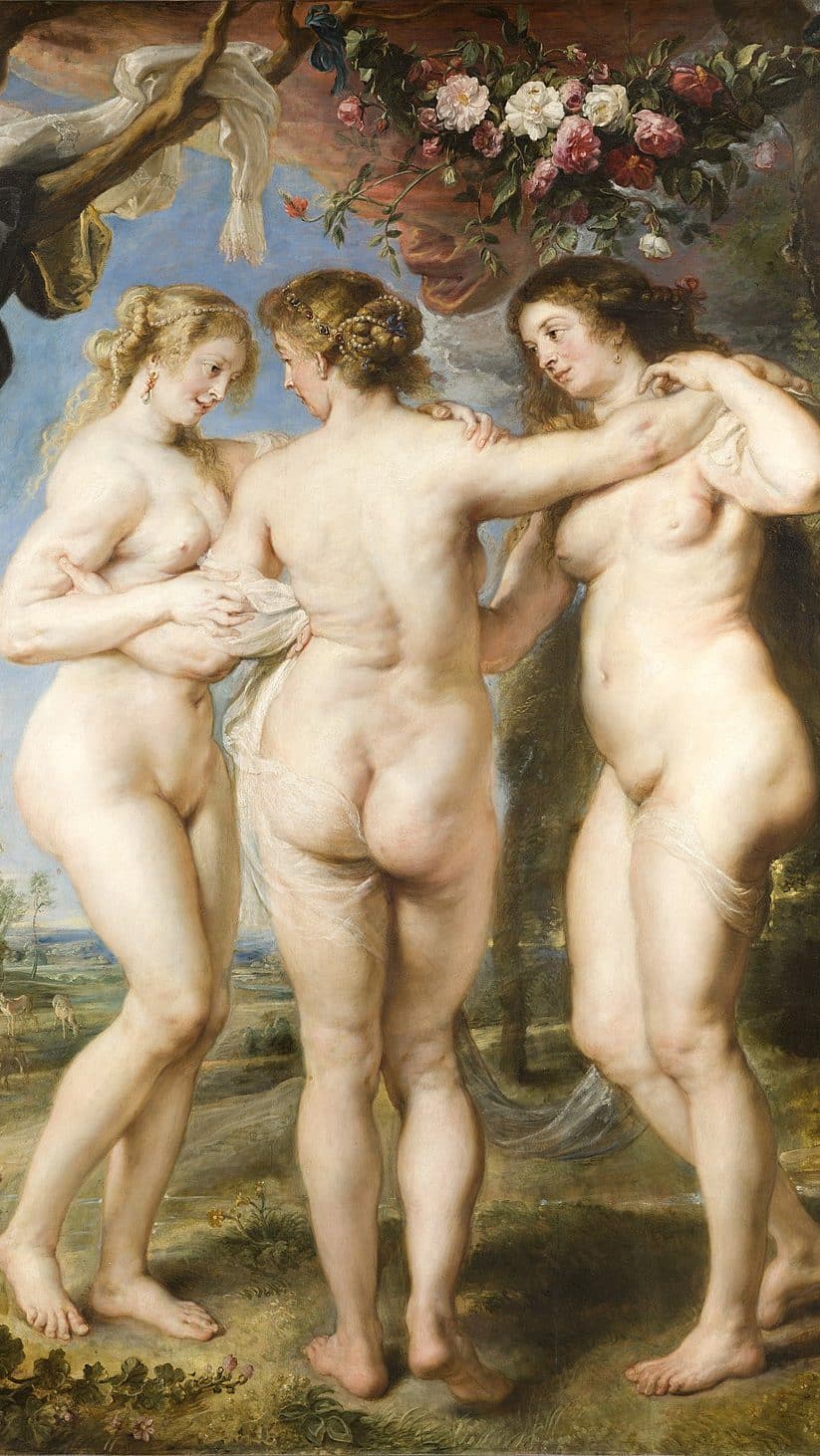
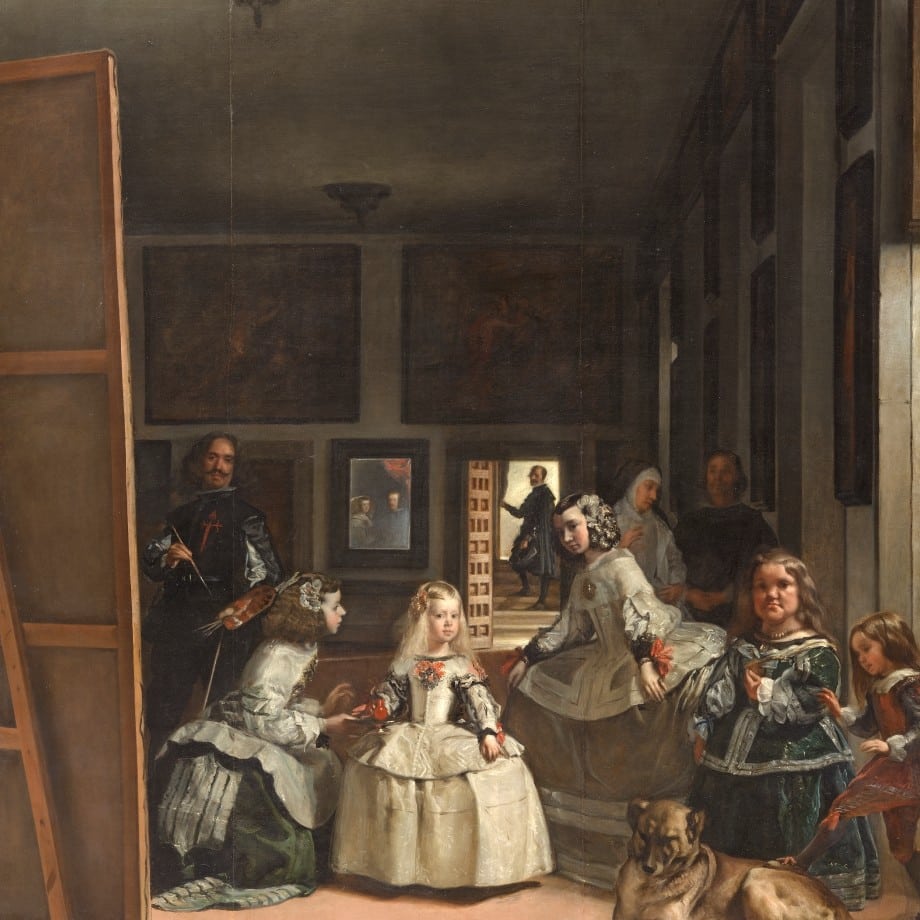
2. Reina Sofía Museum (Museo Nacional Centro de Arte Reina Sofía)
C. de Sta. Isabel, 52, 28012 Madrid
The Museo Nacional Centro de Arte Reina Sofía houses Madrid— and Spain’s— best and largest modern and contemporary art collection.
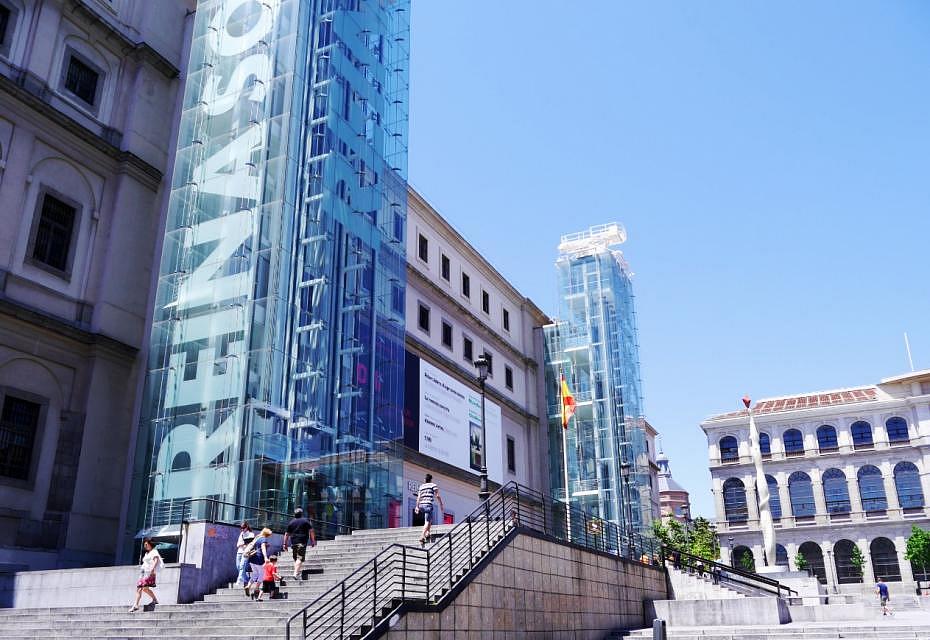
The extensive collection of works at Reina Sofía allows us to embark on a journey among some of the best artists of the late 19th and early 20th centuries up to the 1980s.
The institution’s flagship work of art is undoubtedly Picasso’s “Guernica”. This masterpiece was created by the famous Andalusian artist to decry the Nazi bombing of a Basque town ordered by Francisco Franco during the Spanish Civil War.
Since its unveiling at the Spanish Republic Pavilion at the world’s fair in Paris, this monumental black and white painting has become an international symbol of protest against genocide, war and the suffering it inflicts on people, particularly the civilian population.
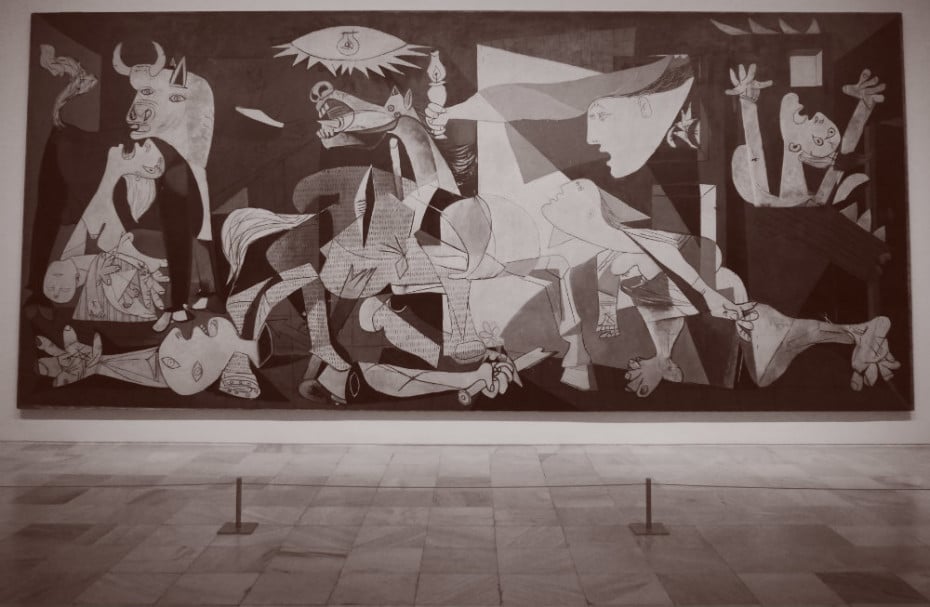
In addition to this masterpiece, the Reina Sofía Museum houses work by Salvador Dalí and Joan Miró. Unlike Museo del Prado, MNCARS paintings are grouped by theme and school of painting, not by the artist. In any case, we advise you to start your visit from the second floor, where the best-known and most aesthetically valuable works are kept.
Some of the must-see works in this museum include Joan Miró’s “Man with a Pipe”, Salvador Dalí’s “The Great Masturbator”, and “Woman in the Window”, as well as “Woman in Blue” by Pablo Picasso.
3. Museo Nacional Thyssen-Bornemisza
P.º del Prado, 8, 28014 Madrid
The Thyssen-Bornemisza National Museum is the last big museum in Madrid’s “Golden Triangle of Art.”
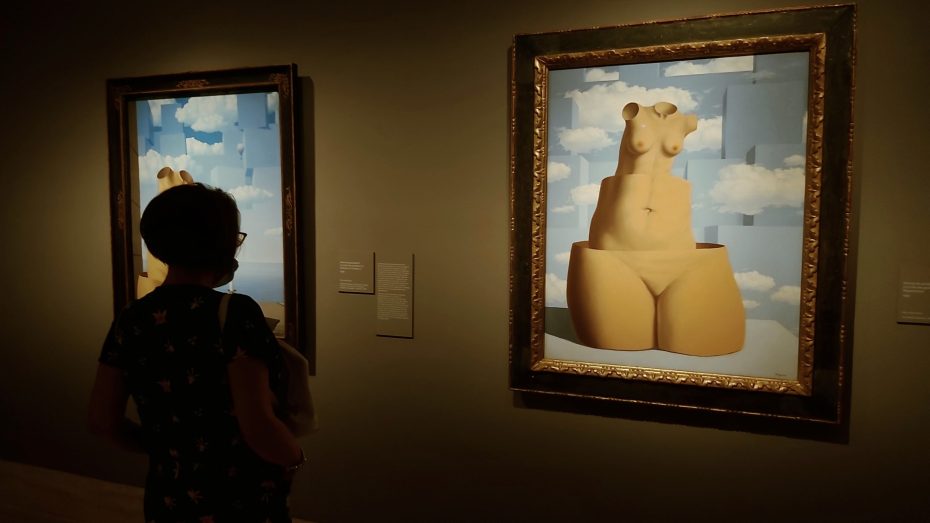
This art gallery, much smaller and more encompassing than the two mentioned above, houses one of the most extraordinary private collections in the world. Here, exploring an incredible variety of artistic currents and historic periods in a short span of time is possible.
The Thyssen collection covers art from the 12th to 15th centuries, through the Italian masters of the 16th century, the Baroque of the 17th and 18th centuries, Dutch and Flemish painting of the 17th century and European and American works from the 19th century, as well as more modern currents.
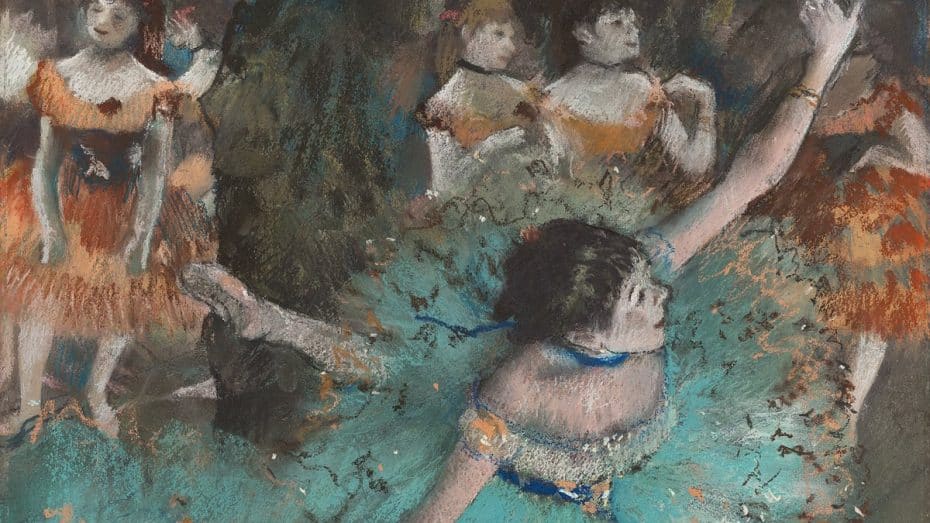
Some of the masterpieces you can see in this truly wonderful museum include “Landscape at Sunset” and “Les Vessenots” by Van Gogh, “The Amazon” by Monet, “Woman with a Parasol in the Garden” by Renoir, “The Green Dancer” by Degas, “Dream provoked by the flight of a bee a second before waking up” by Dalí and “Mata Mua” by Gauguin.
4. CaixaForum Madrid
P.º del Prado, 36, 28014 Madrid
If you’re visiting Madrid, you cannot leave without visiting this building located in Barrio de las Letras, on Paseo del Prado. It opened its doors in 2008, and since then, it has become one of the most visited museums in Madrid.
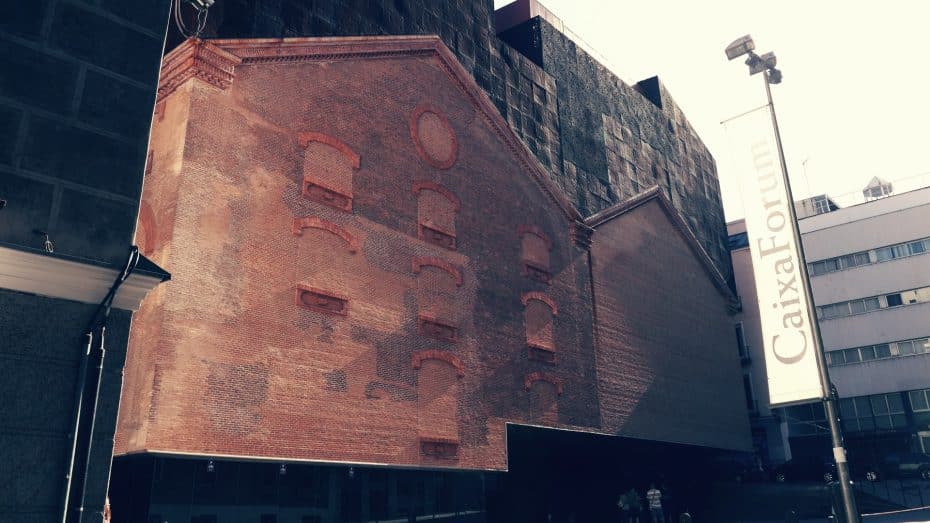
CaixaForum is a singular museum and exhibition hall founded by the La Caixa bank. Designed by architects Herzog & De Meuron, the structure is located in a former power station to which green elements have been added.
The two features that make it unmistakable are, on the one hand, its vertical garden and, on the other, the cladding of its facades in oxidized metal.
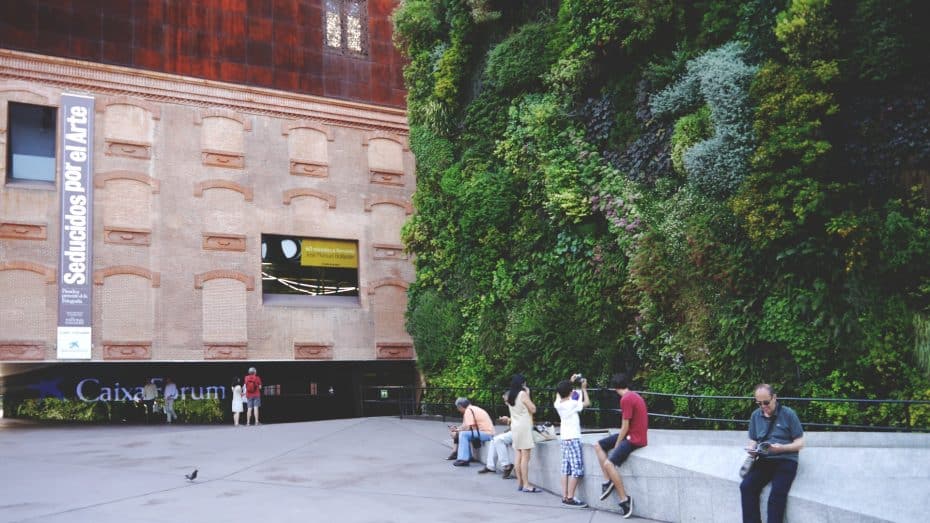
Although it does not have a permanent exhibition, the museum organizes temporary painting, sculpture, photography, decorative arts, ceramics and even tattoo exhibitions, almost always with a component or common thread related to current events or Spanish pop culture.
5. Museo Arqueológico Nacional (MAN)
Calle de Serrano, 13, 28001 Madrid
Created around 1867 at the behest of Queen Isabel II, the National Archaeological Museum houses a large collection of archaeological and ethnographic finds, decorative art objects, and numismatics from different eras collected in a historic building on Serrano street.
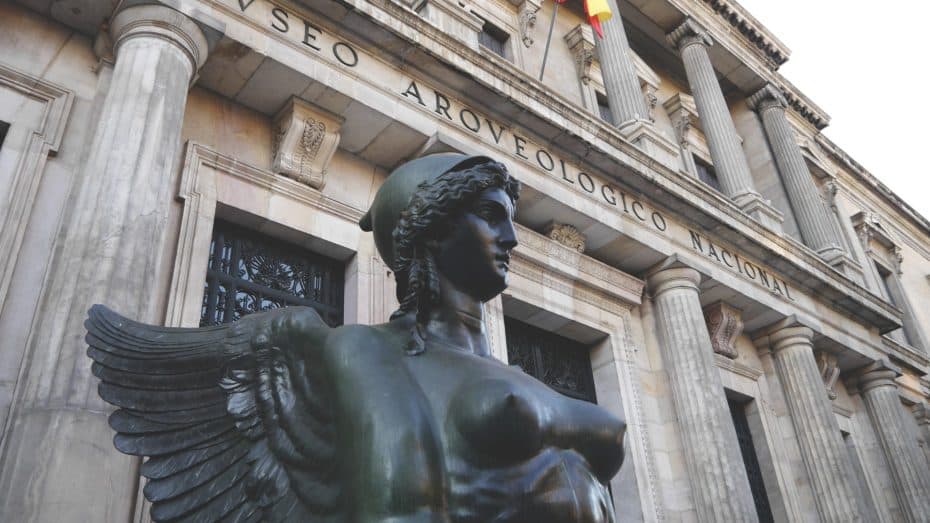
Since 1895, the MAN has been located in the National Library building, where it occupies some forty rooms decorated with travertine marble, wood and opaque metal, the perfect setting for exhibiting its works and artefacts dating from prehistory to the 19th century.
Designed by the architect Francisco Jareno de Alarcón, the Palacio de Biblioteca has undergone restoration over the decades, returning it to its initial splendour.
The centrepiece of the Archaeological Museum is undoubtedly the “Lady of Elche“. Considered the Mona Lisa of Spanish art due to its enigmatic face, it is a stone bust of uncertain origin found in 1897 in the town of Alicante. It was originally bought by a French archaeologist and remained on display at the Louvre for decades before returning to Spain.
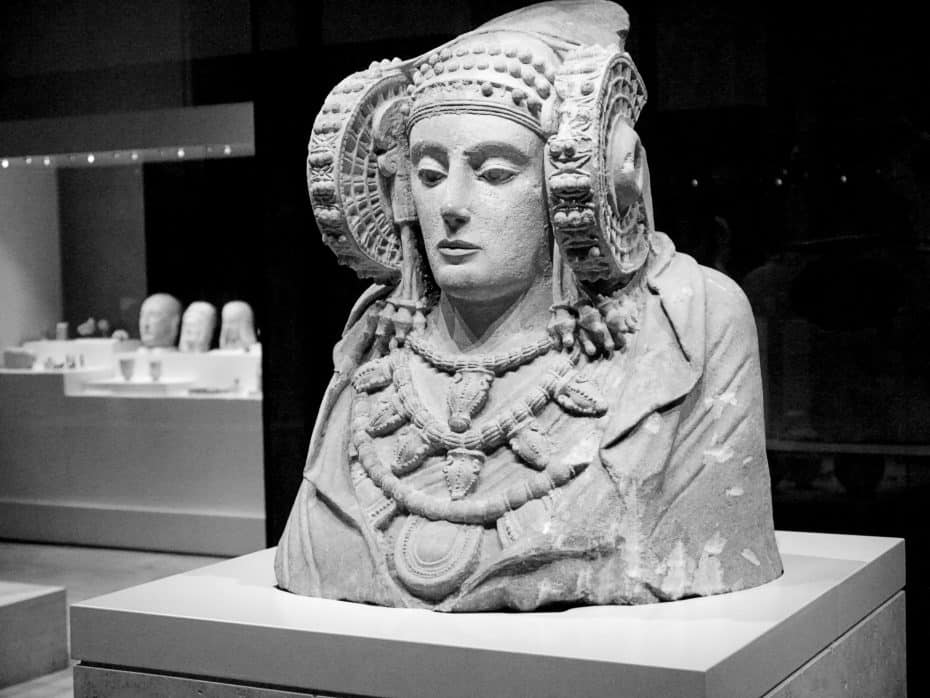
The rest of the collection is made up of Greek and Roman pieces, medieval and Islamic masterpieces, Iberian and Phoenician artefacts, and even some Egyptian and Near Eastern finds.
6. Real Academia de Bellas Artes de San Fernando
C. de Alcalá, 13, 28014 Madrid
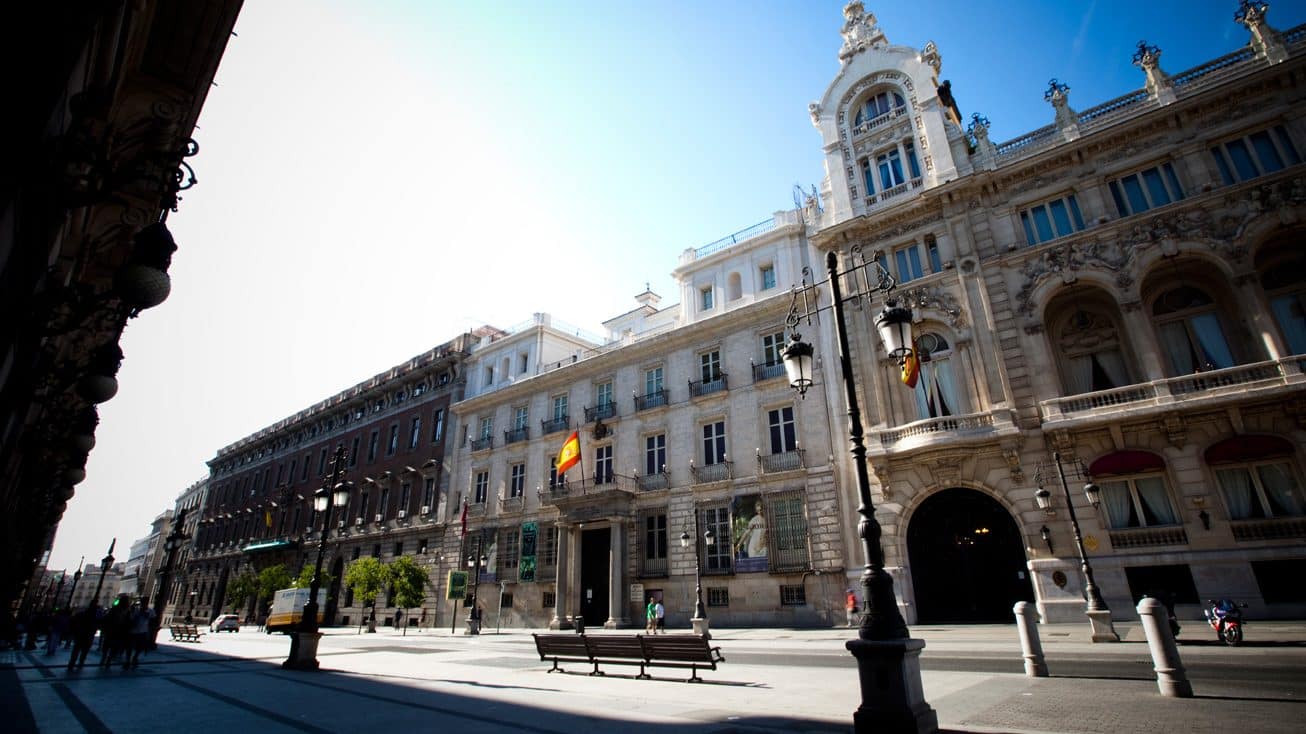
Created in 1752 to promote the arts and located next to Puerta del Sol, the Royal Academy of Fine Arts of San Fernando has an extensive collection of paintings, sculptures, photographs and engravings.
The remarkable works of the Academy range from a curious Arcimboldo to works by Goya, Sorolla, Romero de Torres, Benjamín Palencia, Benlliure, Picasso or the original of the famous statue in El Retiro, “The Fallen Angel”.
The Royal Academy of Fine Arts of San Fernando is one of Madrid’s best-kept secrets and an excellent complement to the great museums of the Spanish capital.
7. Museo Sorolla
P.º del Gral. Martínez Campos, 37, 28010 Madrid
Perhaps it is one of the least known in the capital, but the Sorolla Museum is one of the best alternative museums in Madrid.
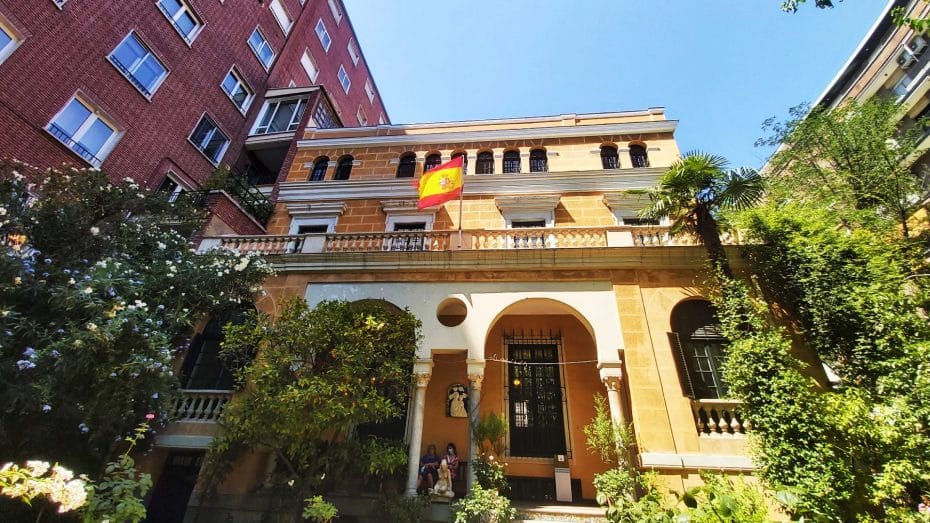
This is the former residence of the famous Valencian painter Joaquín Sorolla. He himself intervened in its design and decoration, and it was the place where he created, exhibited and sold his works.
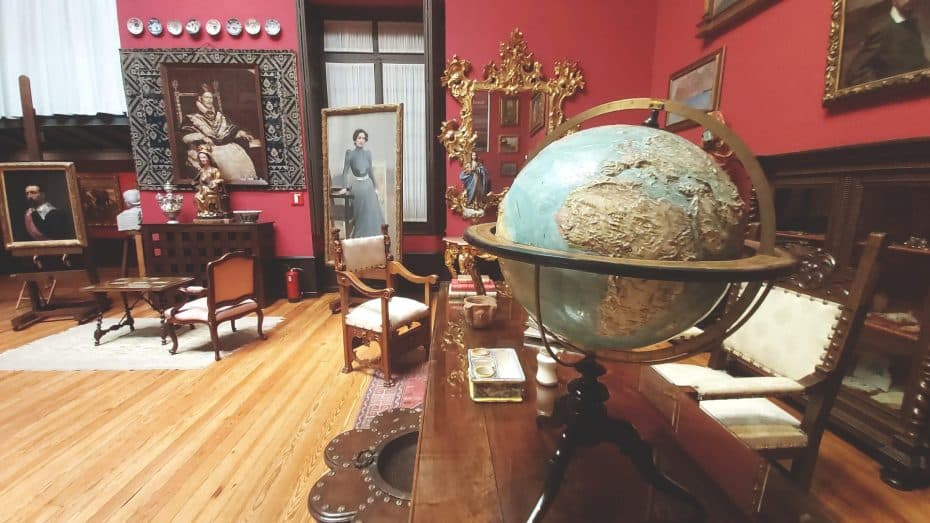
It has works by Joaquín and members of his family, such as his daughter Elena. The building became a museum after the death of his widow.
8. Museo de Historia de Madrid
Calle de Fuencarral, 78, 28004 Madrid
The Museum of History of Madrid is located on Calle de Fuencarral, in the heart of the Spanish capital.
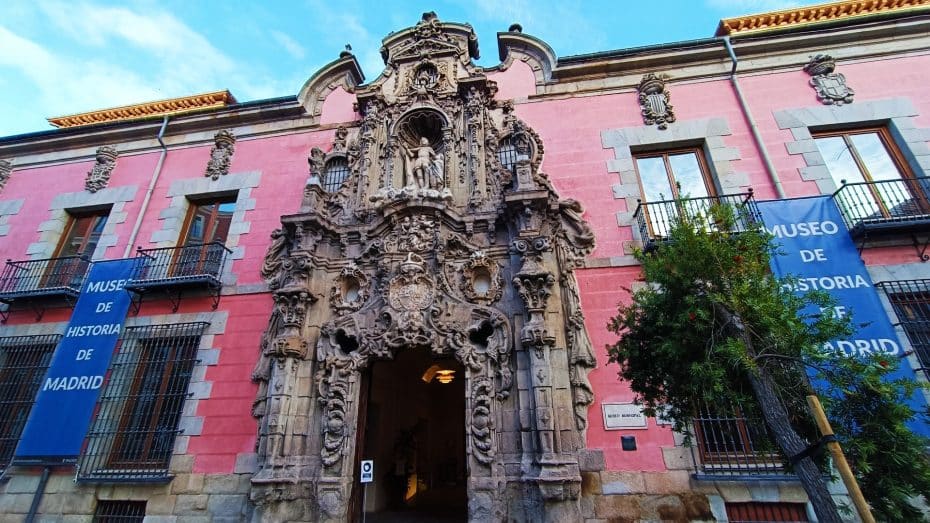
Opened as a Municipal Museum in 1929, the MHM narrates the history of the city from its founding to the present day. It was renamed Madrid History Museum in 2007 and is known for its Churrigueresque baroque façade created in 1721 by Pedro de Ribera.
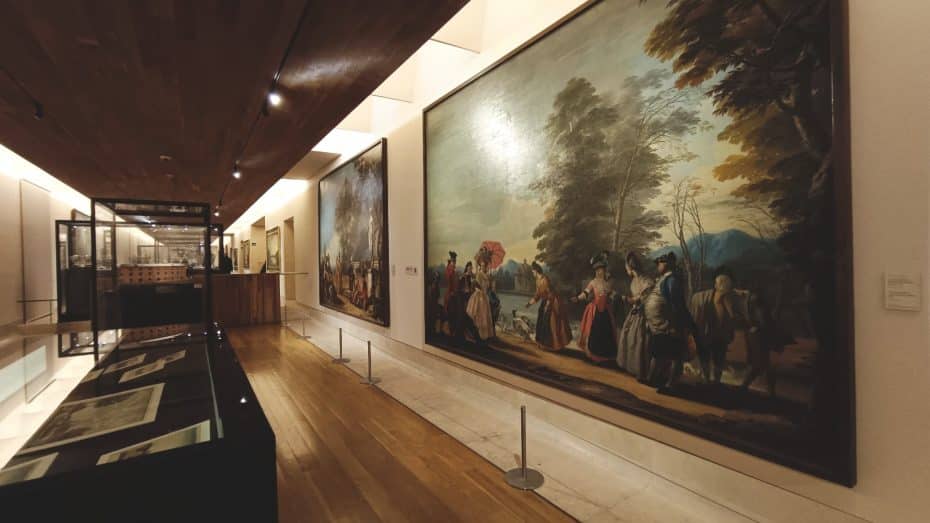
Some works of art in this museum include the “Allegory of the Villa of Madrid” by Francisco Goya and an 1830 scale model of the city.
9. Museo del Romanticismo
Calle de San Mateo, 13, 28004 Madrid
Founded in 1924 as the “Romantic Museum“, the Museum of Romanticism is another of the great little museums in Madrid’s city centre.
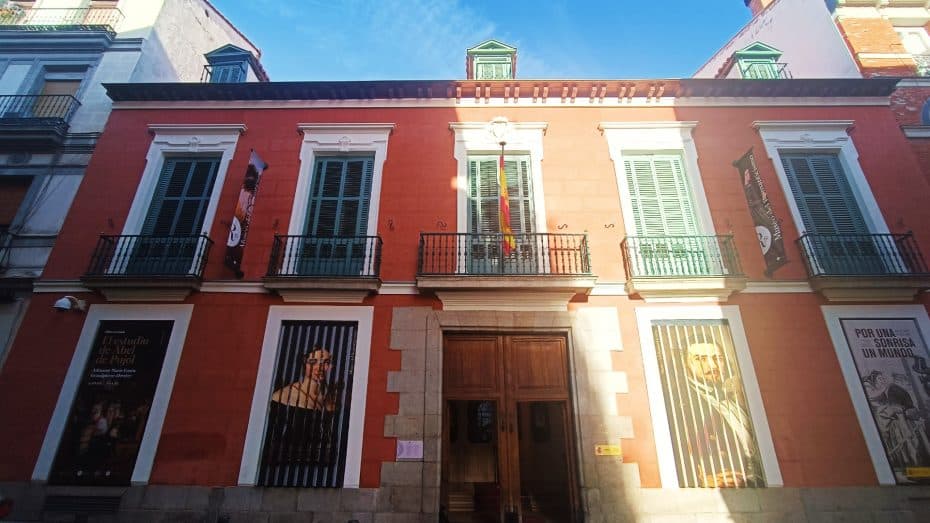
This museum is located very close to the History Museum in the Madrid neighbourhood of Justicia (Chueca) and focuses on the daily life of the capital’s bourgeoisie in the 19th century.
With a collection that encompasses painting, sculpture and decorative arts, the institution also has a café in its garden.
Some of the emblematic works exhibited in the museum include Goya’s “San Gregorio Magno”, “Satire of romantic suicide”, “Satire of suicide for love” and “The great god” by Leonardo Alenza, “Portrait of the Marqués de la Vega-Inclán” by Joaquín Sorolla or “Saint Francisco” by Francisco de Zurbarán.
10. Andén 0 | Estación Museo Chamberí
Plaza de Chamberí, s/n, 28010 Madrid
While technically an attraction rather than a museum in the classic sense, Andén 0 (Platform 0) should definitely be on your list of must-sees in the Spanis capital, especially if you have a few days and/or decide to stay in Chamberí.
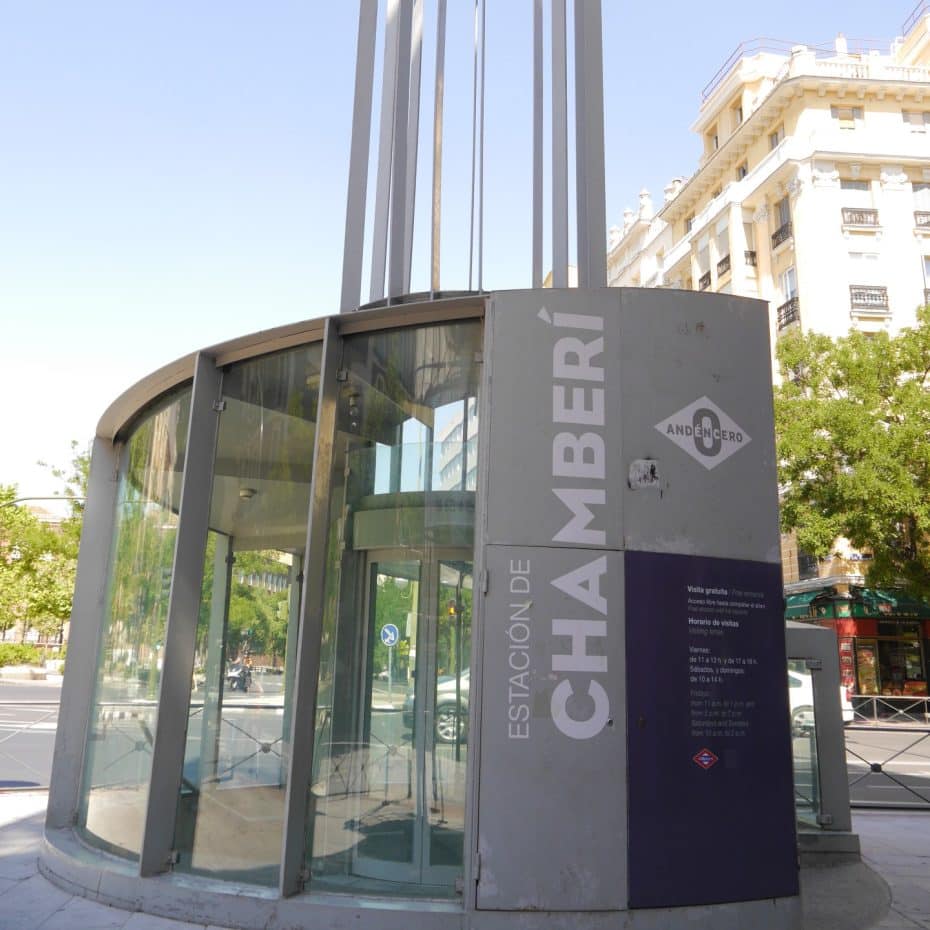
Andén 0, Madrid’s most famous abandoned metro station, is located under the Plaza de Chamberí. It was opened in 1919 as one of the first twelve stations on line 1 of the Madrid Metro network. It was open to the public until 1966 when it was decided to increase the length of the trains. Given the technical difficulty of expanding the platforms and the proximity of the Iglesia and Bilbao stations, the station was closed to the public.
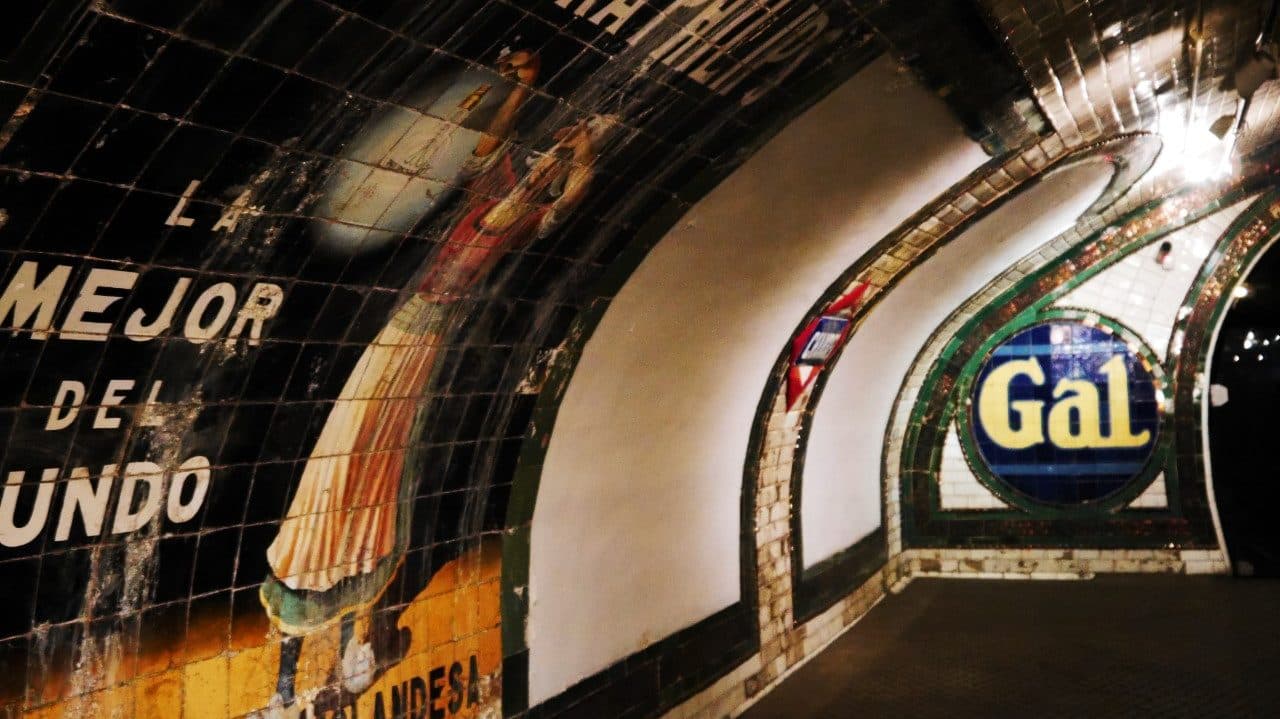
Closed for decades, it was reopened in 2008 as Museo Andén 0, and since then, it has become one of the most popular alternative museums in Madrid.
11. Museo del Ferrocarril de Madrid
Paseo de las Delicias, 61, 28045 Madrid
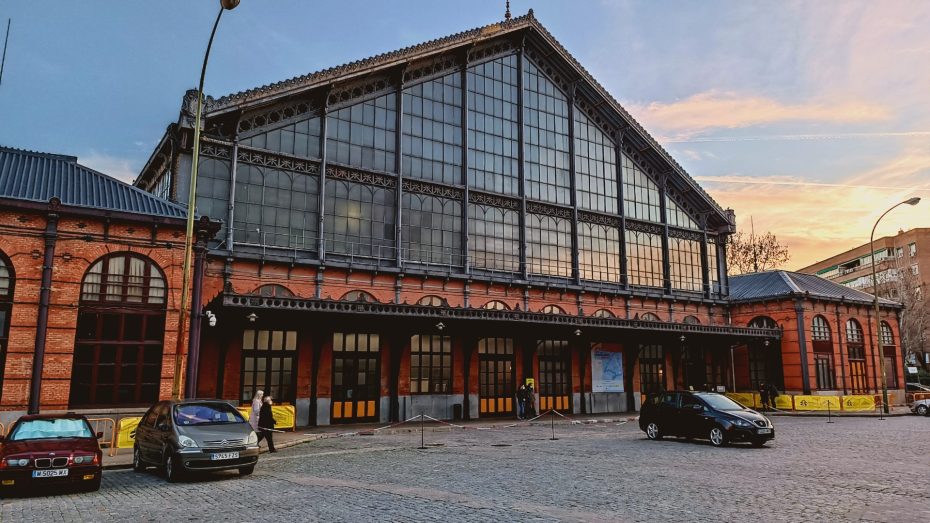
The Madrid Railway Museum is an institution dedicated to preserving railway history in Spain. It was founded in 1967 in the Fernán Núñez Palace in Lavapiés and moved to its current location, the historic Madrid-Delicias terminal, in 1984.
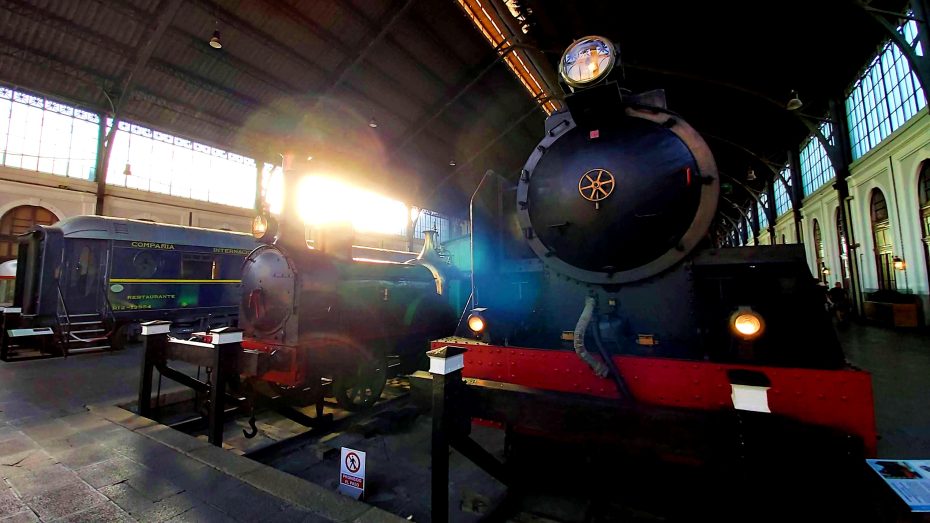
It houses an important collection of railway vehicles of historical importance, such as Confederation and Pacific locomotives and a sectioned Mikado.
Although it may not be such a quirky museum, its theme makes it a unique place in Madrid.
12. Royal Collections Gallery
The Royal Collections Gallery is the most recent major museum to open in Madrid. This museum houses art and objects that belonged to the Spanish monarchy. Hence, you can find armors, royal cars, and tapestries that belonged to the Catholic Monarchs, the Habsburgs, and the Bourbons. There are also paintings by Goya, Velázquez, and Caravaggio in the gallery.
The Royal Collections Gallery is in the city’s heart next to the Royal Palace of Madrid. This museum opened in June of 2023, and its modern building already has architecture awards.



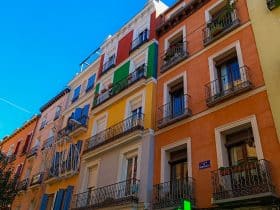
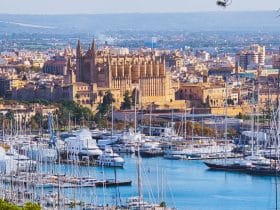

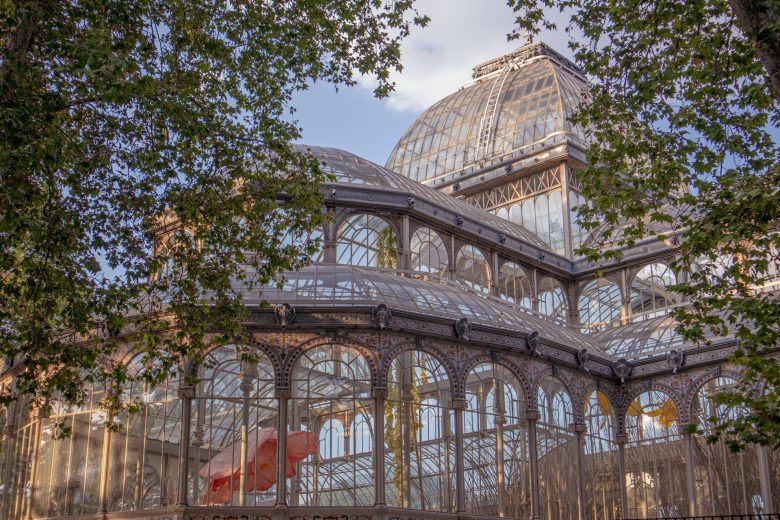
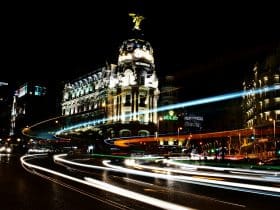
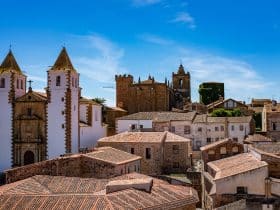
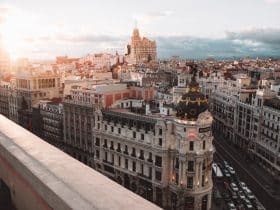

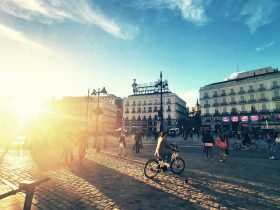
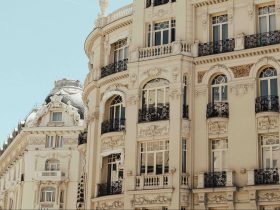
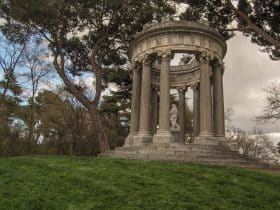
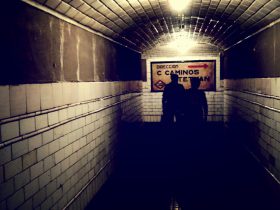
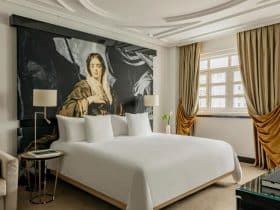
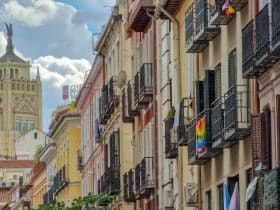
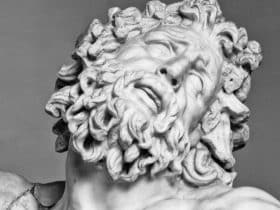
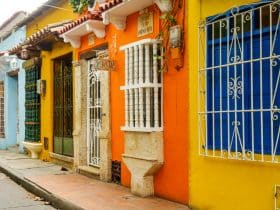








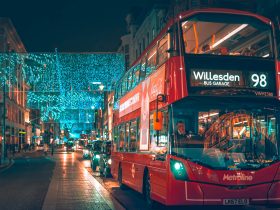



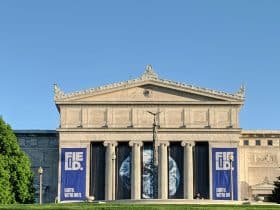
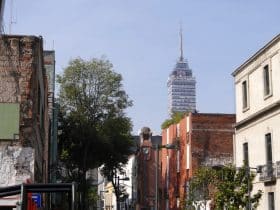

Leave a Reply
View Comments